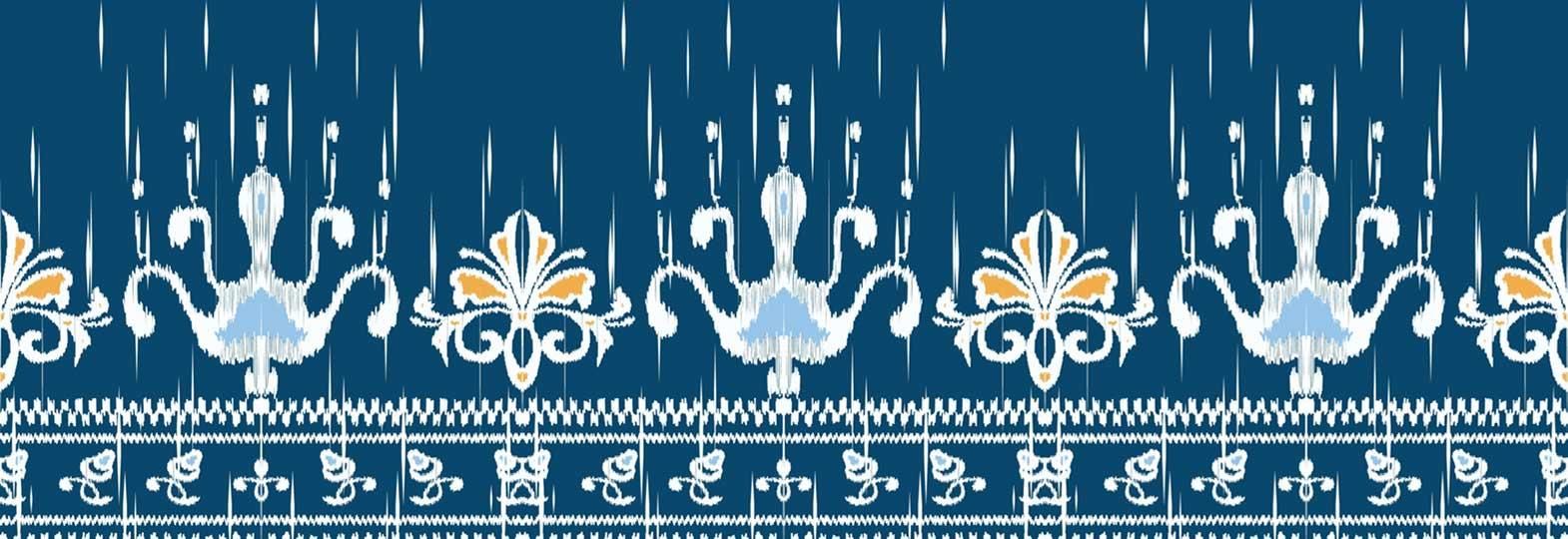Handloom is an integral part of Odisha’s cultural heritage and is a significant source of income for the state. Geographical Indication (GI) has been instrumental in protecting the unique identity of handlooms produced in Odisha. The protection accorded by GI has not only prevented unauthorised use of the Odisha handloom name and design but has also enabled handloom producers to access new markets and increase their income. GI tag can positively impact Odisha’s handloom industry, increasing revenue and employment opportunities and promoting sustainable development and preservation of traditional crafts.
As per Intellectual Property India, “Geographical Indications of Goods are defined as that aspect of industrial property which refer to the geographical indication referring to a country or to a place situated therein as being the country or place of origin of that product. Typically, such a name conveys an assurance of quality and distinctiveness which is essentially attributable to the fact of its origin in that defined geographical locality, region or country. Under Articles 1 (2) and 10 of the Paris Convention for the Protection of Industrial Property, geographical indications are covered as an element of IPRs. They are also covered under Articles 22 to 24 of the Trade Related Aspects of Intellectual Property Rights (TRIPS) Agreement, which was part of the Agreements concluding the Uruguay Round of GATT negotiations. India, as a member of the World Trade Organization (WTO), enacted the Geographical Indications of Goods (Registration & Protection) Act, 1999 has come into force with effect from 15th September 2003”.
In Odisha, several handlooms have received GI certification. These include Berhampur Patta (Phoda Kumbha) saree & Joda, Bomkai saree & fabrics, Dhalapathar Parda & fabrics, Gopalpur Tussar fabrics, Kotpad handloom fabrics, Orissa Ikat and Sambalpuri Bandha saree & fabrics.
The impact of GI on Odisha handloom can be analysed in the following ways:
Protection from duplication: One of the most significant impacts of GI on Odisha handloom is the protection it offers against duplication. The GI tag ensures that only authentic products can be marketed under the specific name, preventing unauthorised use of the handlooms’ identity. This protection from duplication has helped Odisha handlooms maintain their authenticity, quality, and exclusivity, leading to an increase in the demand for the products.
Access to new markets: With the GI certification, Odisha handlooms have gained recognition and popularity in national and international markets. GI has given handloom producers a competitive edge, helping them differentiate their products from similar ones from other regions. This has led to a rise in demand, providing new opportunities for handloom producers to access new markets, increase sales, and enhance their income.
Promotion of traditional skills: The GI certification has also played a crucial role in promoting traditional skills and techniques used in Odisha handlooms. The GI tag provides a unique identity to these products, making them more recognisable and marketable. This has encouraged young artisans to learn traditional skills from their elders and continue the craft, ensuring that these skills are not lost with time.
Boost to the economy: Odisha handlooms have become a significant contributor to the state’s economy, and the GI certification has helped enhance this contribution. The increase in demand for these handlooms has led to the creation of new employment opportunities for artisans, leading to the growth of the handloom industry in the state. The rise in per capita income of an artisan can impact on the standard of living of the artisans and their families.
In conclusion, the impact of GI on Odisha handlooms can be significant. There are ways to enhance the impact by creating craft cluster logos that feature GI marks for image recognition, which could be designed by a reputable institution like the NIFT. Additionally, providing artisans with training on advanced tools and weaving optimisation techniques to create complex designs and patterns can also help to increase their marketability. These efforts can help to preserve the unique identity of Odisha handlooms, expand their reach to new markets, promote traditional skills, and ultimately boost the state’s economy.
However, to find out whether the presence of GI protection has a significant impact on the market performance of handlooms or not, we would need to collect data on the sales or other performance metrics of handlooms with and without GI protection. We would also need to control for other variables that might influence market performance, such as the quality of the products or the level of competition in the market.
After we have collected the data, we can use regression analysis to estimate the relationship between the presence of GI protection and market performance. We would be able to quantify the impact of GI protection on market performance and determine whether this impact is statistically significant.
The GI certification’s impact along with the suggested ideas may play a vital role in helping Odisha handlooms gain global recognition, empowering artisans, ensuring their sustainability and continued growth in the future.








Comments